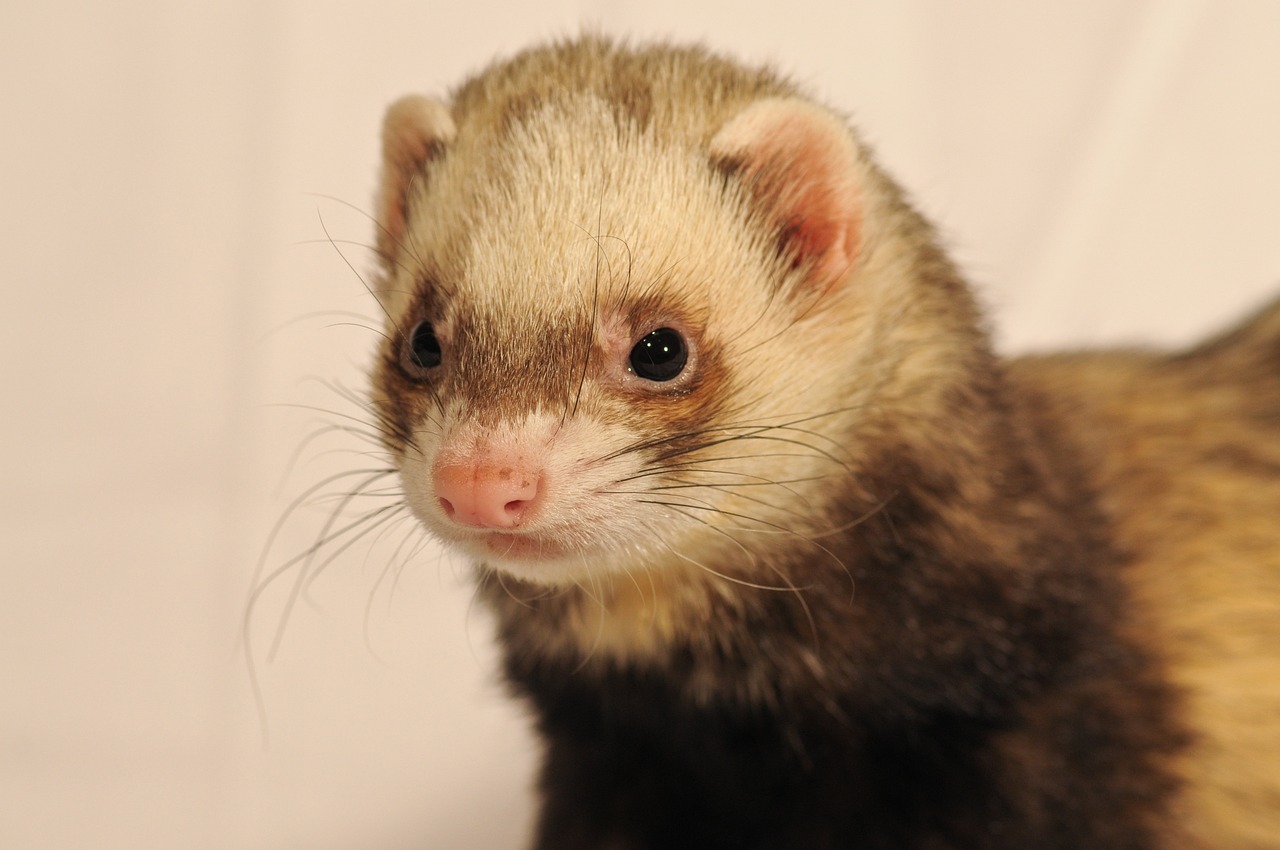Media release
From:
Pre-existing immunity to 2009 pandemic swine flu protects ferrets from H5N1
Having preexisting immunity against 2009 pandemic H1N1 influenza – also known as swine flu – may shield against infections and severe disease from the H5N1 virus, according to new work in ferrets. The study is one of the first to show that H1N1 immunity, especially to the 2009 pandemic strain, can at least partially protect against H5N1, which has rapidly become a leading threat to global health. H5N1, or bird flu, has long been a nightmare for epidemiologists, as it has a very high mortality rate and has crossed over into humans from animals several times. However, concern over H5N1 reached new heights in 2024, when the virus began to spread among dairy cows in the US and infected dozens of farm workers. Despite the alarm, initial reports suggested that the infections in humans were less severe than feared, prompting some scientists to wonder whether preexisting immunity to other forms of influenza could be mitigating H5N1’s deadliness. Here, Katherine Restori and colleagues used a ferret model to gauge the impact of immunity against several influenza strains, including influenza B virus, a seasonal H3N2 virus, and the 2009 pandemic H1N1 virus. The scientists exposed the ferrets to one of these three strains and then exposed them to H5N1 after 90 days. Ferrets that were previously infected with – and consequently developed immunity to – H1N1 were far less susceptible to H5N1 infections through direct contact with naïve, H5N1-infected animals. Furthermore, the H1N1-immune ferrets that still developed H5N1 infections showed no signs of severe disease, while 100% of the naïve animals perished from H5N1. Restori et al. call for further experiments to study different exposure routes such as aerosolized virus in milk, which would more closely mirror how farm workers are typically exposed to the virus.



 International
International



